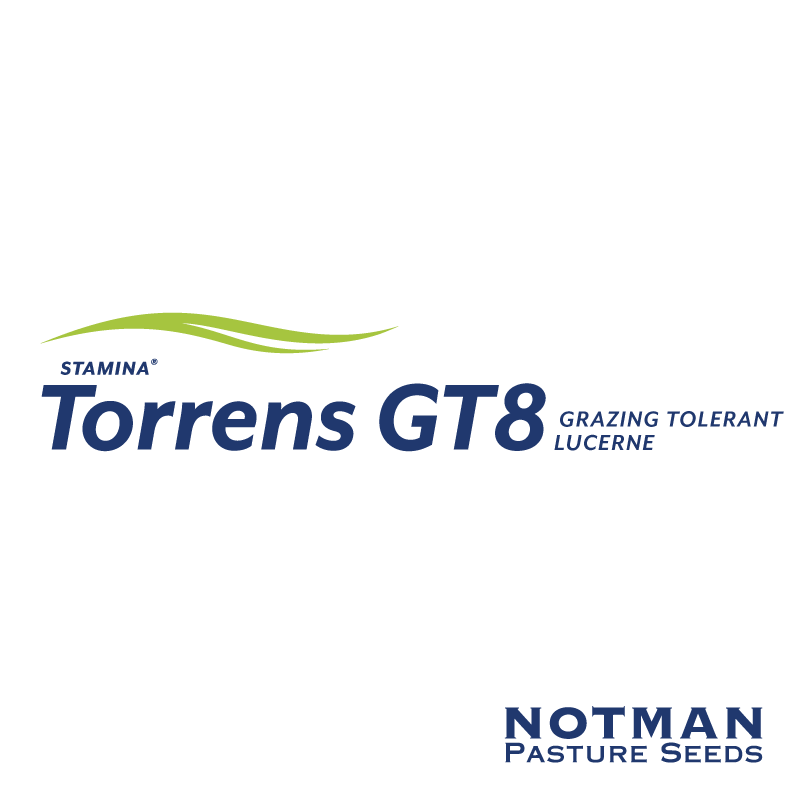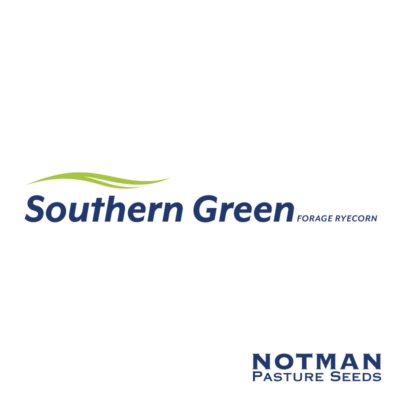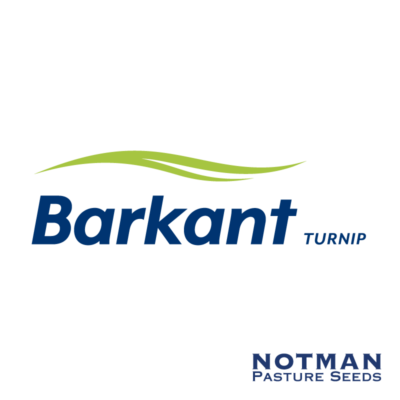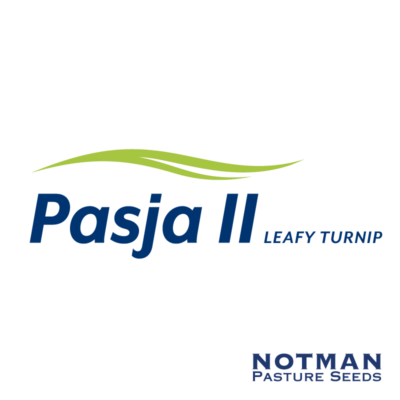Description
Torrens GT8 Lucerne is the first grazing tolerant, highly winter active lucerne to be released to the Australian market that has been trialled under the Internationally recognised Standard Test Protical for grazing tolerant lucerne. This product was selected from highly winter active survivors in grazing tolerance trials at Leigh Creek (Victoria) and Gundagai (New South Wales). With a high leaf to stem ratio and fine stems it produces high quality forage for premium hay production or grazing.
By combining winter activity and grazing tolerance, Torrens GT8 provides flexibility not previously available. The low crown height offers protection to the plant from heavy grazing, high tyre traffic or hoof damage. This flexibility means that the product fits a wide range of farm systems from hay production and crop rotations to grazing enterprises. It also gives producers more management options and the ability to respond to variable conditions.
Grazing tolerance and winter activity – the ultimate comination
- The FIRST highly winter active grazing tolerant Lucerne*
- A true dual-purpose lucerne
- Strong resistance to most lucerne pests and diseases
- Premium quality hay (high leaf to stem ratio)
- Suitable for a wide range of farming systems
- Ultra persistent under grazing with improved traffic tolerance
- Suited to dryland and irrigated systems
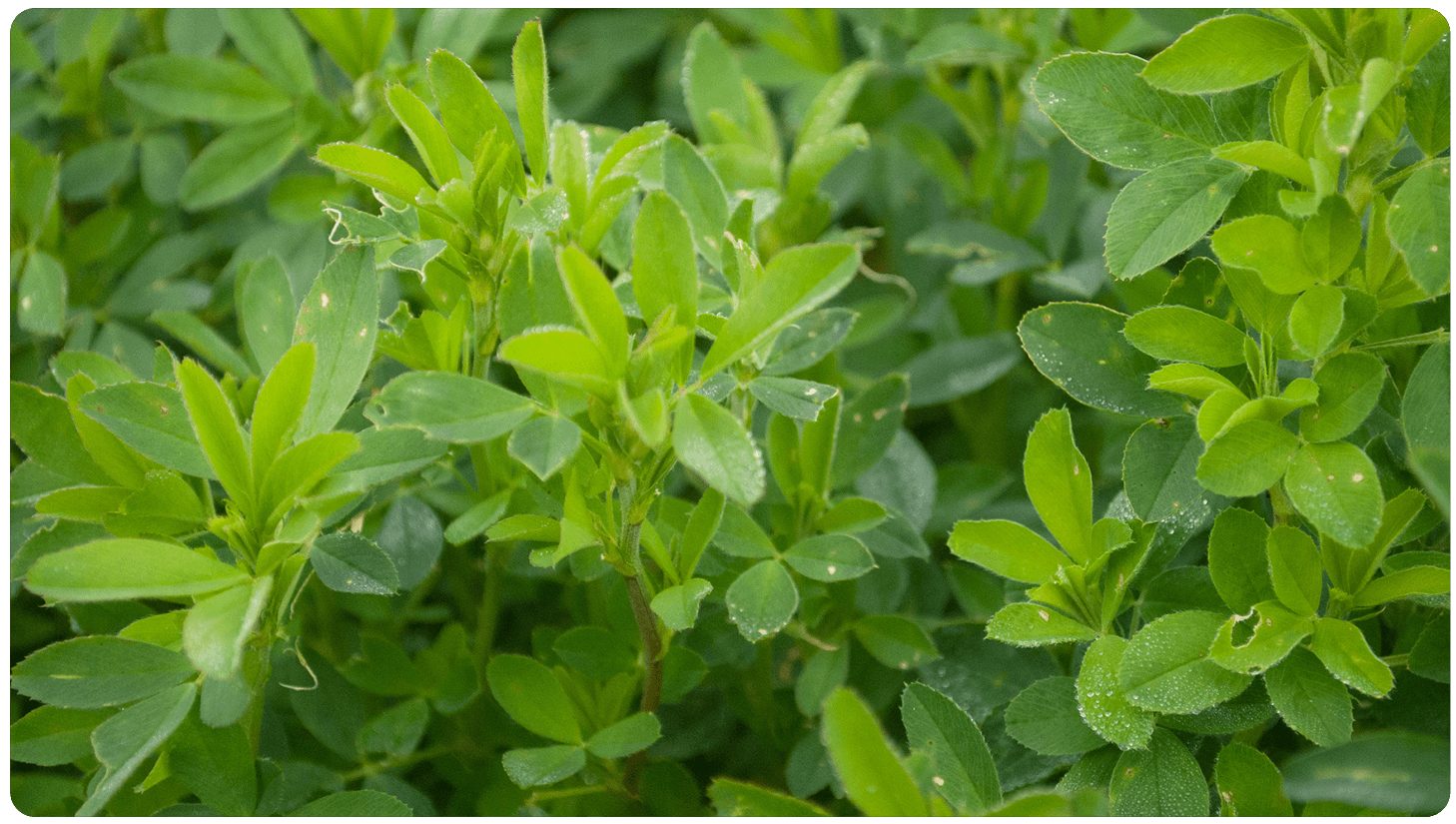
Torrens GT8 Lucerne
Sowing and establishment
Identify an area to plant lucerne a minimum of 6 months prior to sowing. Correct paddock selection is a key driver for long term lucerne stand persistence. Lucerne will grow on a variety of soils, but does best on deep, well-drained soils of medium to light texture.
Rich alluvial soils are ideal, but lucerne also thrives on most of the red earths, red-brown earths, and well-drained black and grey soils found throughout the cropping zone. Established lucerne tolerates saline soils moderately well, but seedlings are less tolerant.
Lucerne requires highly fertile slightly acidic soils, soil testing at least 12 months in advance allows enough time for deficiencies to be identified and fixed. Understanding the limitations of lucerne is important: factors such as low pH, Aluminiun and where it is within the soil profile will determine if the paddock is suitable for sowing lucerne.
Seedbed preparation
Preparing the seed bed takes into consideration the soil type and cultivation of the soil to ensure the soil is fine. This will aid the soil to seed contact at the time of sowing as well as good supporting moisture infiltration around the seed either after a rainfall event or irrigation. Poor weed control is one of the most common issues that can lead to poor lucerne establishment.
Weed control must start the year prior to sowing the lucerne to ensure adequate time and opportunity to control any weeds that are present in the paddock. This should also reduce the need for post emergent herbicides to be used in the young lucerne crop as this can retard growth.
The sowing depth needs to be managed as lucerne is a small seed and therefore only needs to be sown at no more the 15mm deep. This will enable the lucerne to germinate and the seedling to rise above the soil to begin photosynthesis. Correct paddock selection is a key driver for long term lucerne stand persistence.
Grazing management
First grazing/cutting: Allow the lucerne to reach a minimum of 50% flowering (50% of the tallest stems have a flower) prior to the first grazing/cutting, If the stand is weedy at establishment it can be grazed/cut once if it is 15-20 cm tall and then left to flower a minimum of 50%
Spring – Seasonal management (focus on Stock performance)
- Start to graze the first paddock when lucerne is approximately 20-25 cm high (1500 kgDM/ha)
- Graze for 5-7 days until all green leaf and soft stem is gone
- Allow 35-42 days recovery (any shorter reduces root size and stem height)
Summer – Focus on stock performance
- Short rotation, 30-35 days recovery
- Water stress accelerates flowering but leaf is still high quality
- Conserve a true surplus (i.e. where there is more lucerne available than stock demand)
Autumn – Focus on lucerne
- Plant Replenishing Root Reserves
- Allow a minimum of 50% of the tallest lucerne stems to have an open flower at least once from mid summer to autumn to allow root reserves to recharge before grazing
- Graze if drought is ‘terminal’ i.e. plants stop growing to avoid loss of leaves, then allow recovery to at least 20cm height after rain
- Long rotation, 42 days i.e. 6 weeks between grazings
- Aphids can be an issue. These can be cleaned up in late autumn/early winter by hard grazing once growth has stopped
- Shorter day length and decreasing temperatures signal the plant to start directing energy to root reserves for stand persistence and production next spring
Winter – Focus on management
- Hard graze when growth stops, for example once frost stops growth
- Spray weeds before or around the shortest day, spraying later into winter and after the shortest day affects spring production.
- Resist the urge to graze regrowth after the first winter grazing, as this delays spring growth/first grazing and reduces yield
- The order in which paddocks are ‘hard grazed’ and then sprayed in winter dictates the order they will be ready for grazing in spring
Rainfall
Minimum 350mm rainfall per annum unless irrigated







